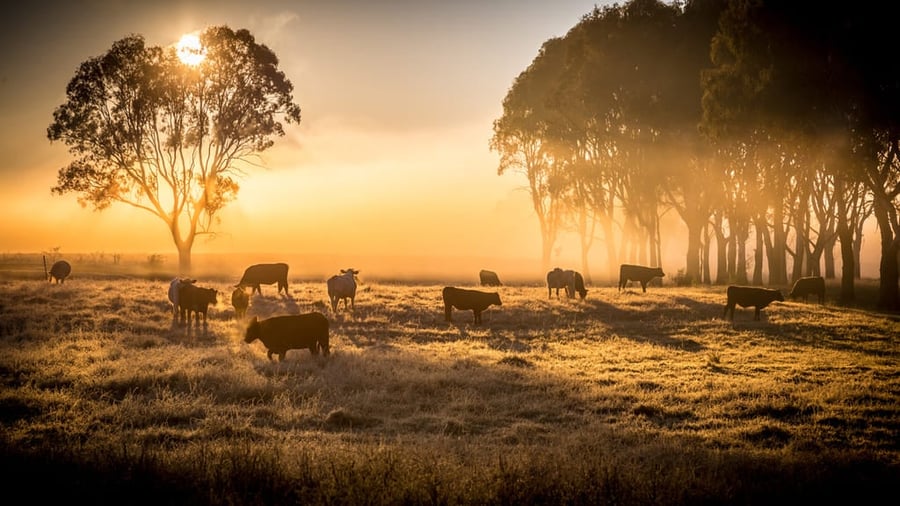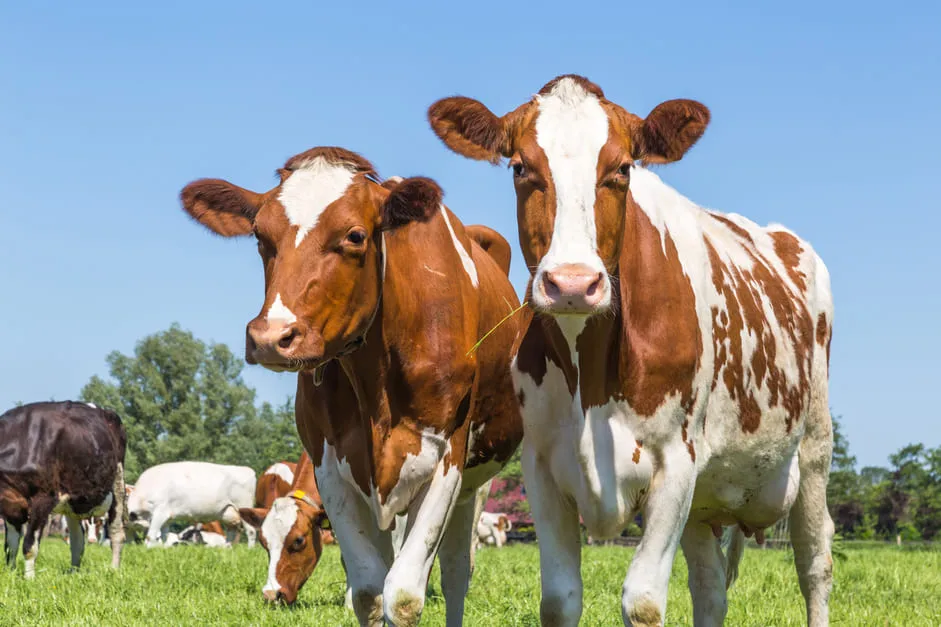Imagine the world without livestock farming… Can you imagine the implications to our society and economy? To rural areas, and rural landscapes? To environment and biodiversity? Until when will we use animal production as an escape goat under the climate neutrality umbrella?

Feeding the world in 2050 by offering the global population healthy, balanced diets and respecting the environment is a huge challenge. While consumption in some areas of the globe stagnates or apparently tends to decrease, the global demand is expected to increase for major livestock commodities between now and 2050. World demand for meat should increase by + 15% over the next ten years and global consumption of milk and dairy products would increase by about 25% by 20272. Regardless of these numbers, the consumption of animal products has become a controversial and ideological topic, especially in the urbanized western societies. On the one hand, a call for reduced animal products' consumption has been growing over the last decades due to concerns over Human health, use of land and food security and climate emergency. On the other hand, recent evidence challenges these associations, and the lack of animal products in Human diets are linked to undernutrition and stunting.
Much more than just protein
Animal food products provide key nutrients (much more than just protein!) to Humans, that are not available from plants due to either a lower content (or absence), a lower bioavailability, and/or the presence of anti-nutritional factors. Even though modern diets are often not correctly balanced, eliminating animal products from the Human diet would limit adequate essential nutrition for populations. Moreover, restricting or eliminating animal products from diets may not be suitable for everyone (young, pregnant, and lactating women, older adults, and the metabolically challenged)3.
Livestock farming positive externalities
Beyond food production, animal production plays other important economic, cultural and social roles and provide multiple functions and services, it is a key component of the vitality of territories and an essential part of agro-ecosystems. Livestock positive externalities should/need to be accounted for and taken into consideration.
At world level, only 14% of dry matter ingested by livestock is edible to humans. Animals are very useful to convert the remaining 86% (grass and crop residues) nonedible biomass into highly nutritious food for humans and manure that is a source of nutrients and carbon for plants and soils. This is basically a virtuous circle4.

Livestock farming produces food on 57% of land that cannot be directly used for crops (marginal land) providing ecosystems services2,4,5. Animal production, in particular herbivores, contribute to food security by valorizing grazing marginal land that are not able to produce plant products. At world level, 360 million cattle and 600 million small ruminants provide 25% of world animal product from marginal land1. Important ecosystems services provided by grasslands and marginal areas have been identified and described: maintaining rural landscapes and grassland associated biodiversity, controlling bush encroachment preventing rural fires, maintaining populations in rural areas with economic return, contribution of livestock outputs such as manure with a high C / N ratios with a favorable impact on soil organic matter content and macrofauna (earthworms)… Animal production can contribute to ensure the conservation, restoration and sustainable use of terrestrial ecosystems and their services, combat desertification, restore degraded land and soil, while ensuring the income of small-scale food producers, having equal access to markets and opportunities that value local products and their specificities4,5.
Integrated and circular perspective
There is however the need to strengthen these positive externalities of livestock farming, roles and better define the conditions under which animal production becomes an essential contributor.
There are no miracle solutions or single recipes. We cannot reduce climate neutrality to a simple balance of emissions and retentions, and we must avoid the easy way out. Nature is complex and therefore agricultural systems in general, animal production systems in particular are complex, the solution may be simple, but the path to reach it is winding. There are intangible services that have to be accounted for. The key is to rethink the role of livestock in agricultural systems in an integrated and circular perspective. The reintegration of animal and plant production systems provides new opportunities to manage resources more efficiently and safely. An integrated approach allows:
- balancing nitrogen and phosphorus cycles
- mitigating GHG emissions
- maximizing soil carbon sequestration
- contributing to the promotion/maintenance of biodiversity
- restoring associated ecosystem functions, including soil fertility, pollination, pest control, etc...
The use of co-products in animal nutrition can be further explored by closing gaps and identifying opportunities between existing by products and livestock production, thus contributing to an even more circular approach and action in the livestock sector.
Key take aways
Without livestock farming, without animals and without animal products, it will not be possible to talk about biodiverse ecosystems, sustainable and healthy food systems. Animal production systems are essential in achieving many of the goals of sustainable development and in contributing to the vitality of numerous regions in the world.
References:
1. Besbes, B., Alary, V. & Baltenweck, I., 2019. Livestock sector investment and policy toolkit (lsipt), making responsible decisions. FAO. https://www.fao.org/3/ca6335en/CA6335EN.pdf
2. Peyraud, J., MacLeod, M., 2020. European Commission, Directorate-General for Agriculture and Rural Development, Future of EU livestock : How to contribute to a sustainable agricultural sector? final report, Publications Office, https://data.europa.eu/doi/10.2762/3440
3. Leroy, F., Abraini, F., Beal, T., Dominguez-Salas, P., Gregorini, P., Manzano, P., Rowntree, J. & Stephan van Vliet, 2022. Animal board invited review: Animal source foods in healthy, sustainable, and ethical diets – An argument against drastic limitation of livestock in the food system. Animal, Volume 16, Issue 3.
4. ATF Policy Brief, 2021b. What livestock has to offer to biodiversity and Healthy soils.
5. Animal Task Force, 2021a. Strategic Research & Innovation Agenda. ATF
About the author
Ana Sofia Santos (Head of Research and Innovation at FeedInov CoLAB)
Ana Sofia Santos holds a MSc in Animal Production and a PhD in Animal Science, both on the Nutrition area. She is currently Head of research and Innovation at FeedInov CoLAB, an interface structure between the academia and the animal feed industry, promoting innovative approaches to animal feeding. Her current area of research interest resides on animal production systems and the integration of livestock and plant production systems within a holistic vision of circularity in food production.
Explore author’s articles


Leave your comments here